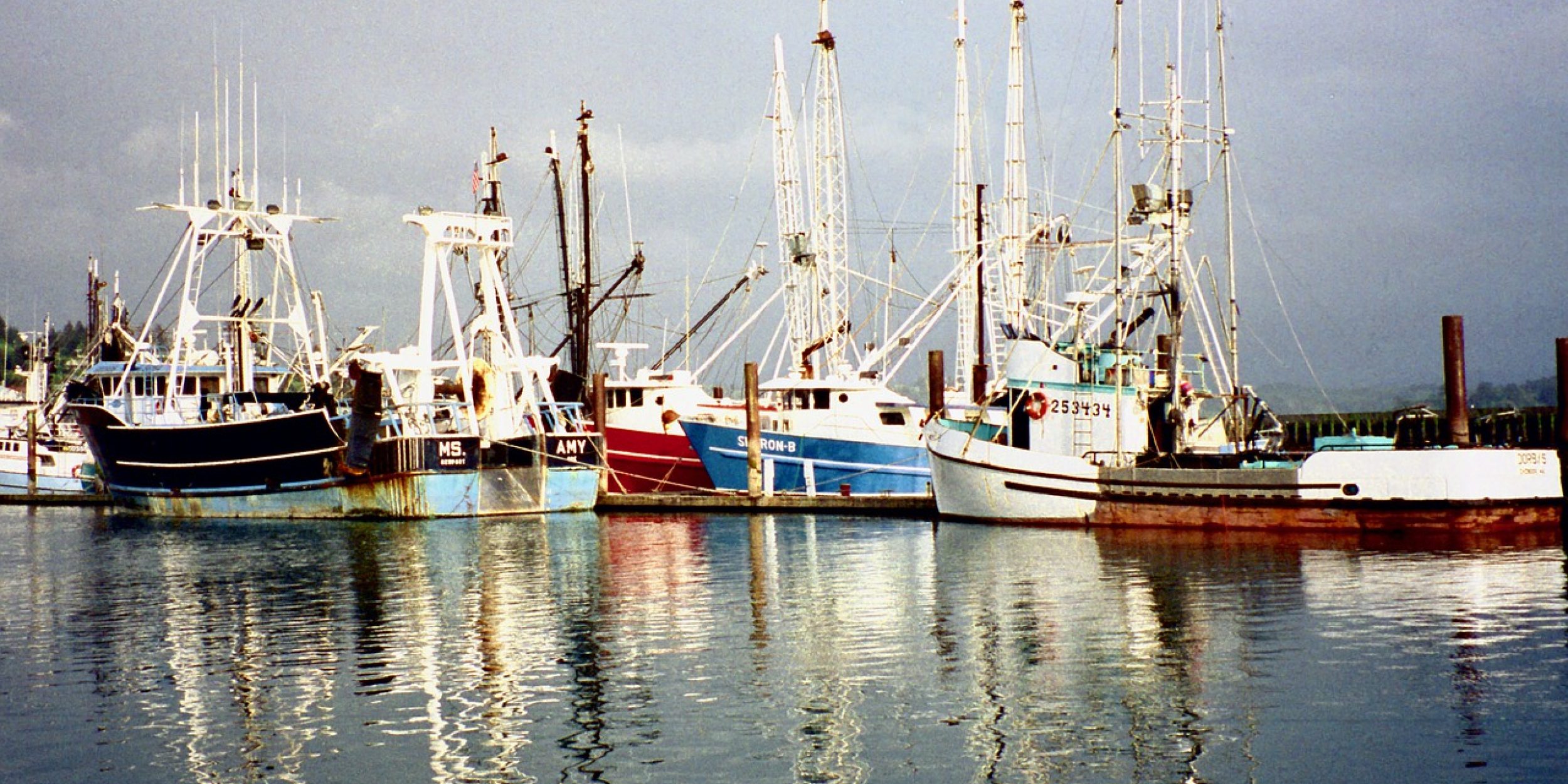The U.S. West Coast continental shelf provides resources for coastal communities and habitat for numerous fish species that call the California Current system home. New research out of Oregon State University, funded by CPO’s Climate Observation and Monitoring (COM) program, provides a baseline of distribution and abundance, and changes over time, for groundfish on the continental shelf. Groundfish is an umbrella term for numerous species of fish that live and eat on the ocean floor. Baseline data will help researchers understand future changes to the groundfish population due to changes in groundfish management, policy, and fishing regulations.
The research team used bottom trawl survey data collected by NOAA Fisheries to explore the changes over the last four decades in the northern California continental shelf groundfishes. The study looks at the type and amount of groundfish species present as well as their relationships to environmental and habitat variables as well as the large-scale climate patterns that likely drove these changes. Results, published in Fisheries Oceanography, show that while groundfish as a whole have been consistently present across the shelf, individual species abundance and location has changed over time. Of particular interest were decreases in expected and observed species in areas of hypoxia events (a decrease in ocean dissolved oxygen).
The COM-supported research from Oregon State detailed above was part of a 2017 project to develop climate indicators using long-term physical and ecological ocean observations from the northern California Current. In 2017, CPO’s Modeling, Analysis, Predictions, and Projections (MAPP) program also funded a project on marine ecosystem drivers in the California Current system. New research from that project was also recently published in Ocean Dynamics and analyzes the biological response of the California Current System to ENSO using a high-resolution, “eddy-scale” ocean model with multiple classes of phytoplankton and zooplankton. This work was also supported by CPO’s Climate Variability & Predictability (CVP) program.



